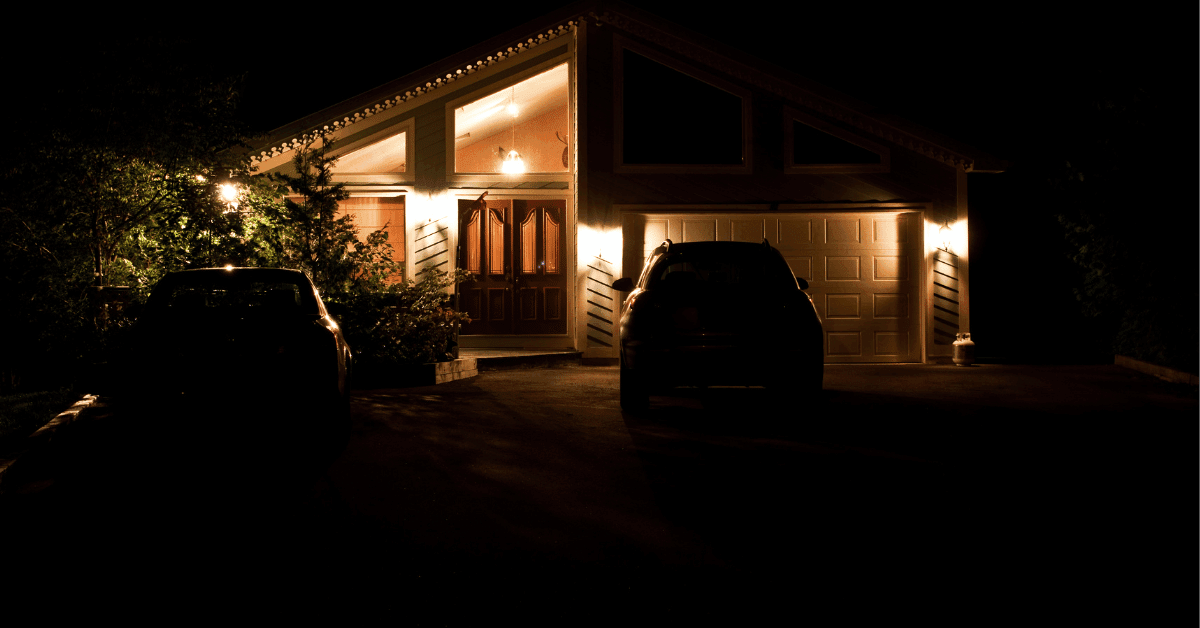Time of Use Energy Plans: How to Match Usage to Lower Rates
Are you looking to optimize your energy use, in order to save money on your electric bills? A time of use energy plan may be right for you. Read on to explore what these plans are and how they can help you keep more green in your wallet, without compromising your comfort.
What Are Time of Use Plans and How Do They Work?
A Time of use plan has to do with the rate you pay for electricity, which costs more at peak times of the day, when the demand for power is higher. For instance, some rate structures have the highest cost of electricity between 5 pm and 9 pm, when many people are coming home from work and using electricity to cook dinner, run appliances, and use electronic devices. When demand is lower, during “off peak hours,” energy costs less – and time of use plans incentivize you to use electricity during these periods. The final cost is determined by the specific electricity contract you've signed up for with your provider.
Can I Save Money by Switching to a Time of Use Plan?
It’s pretty straightforward to calculate your expected energy usage. With a fixed rate plan, you simply multiply the rate you pay per kilowatt hour by the amount of electricity you consume in a month, which should give you a rough idea of your bill amount (excluding delivery fees and taxes, which are standard to all bills).
When it comes to time of use plans, you calculate your energy usage in the same way but must factor in the varying rates throughout the day. Since you don’t pay a single, fixed rate for electricity, you need to multiply your total monthly usage by the amount of energy used during certain hours (with the rate appropriate to those times). This can help you see the wisdom in shifting big energy draws like doing laundry and charging electric vehicles to off peak hours, and you can start to see real savings.
Comparing Time of Use Plans with Other Plans
Now, let’s look at the advantages and disadvantages of time of use rate, plans in comparison to other types of energy plans.
Time of Use vs. Fixed Rate Plans
The big difference here is that the cost of electricity varies throughout the day with time of use plans, while with fixed rate plans they are locked in at a certain number of cents per kilowatt hour. Time of use plans charge higher rates during peak times, when the demand for electricity is high, and lower rates during off peak hours. Fixed rate plans charge a set rate for every kilowatt hour, no matter what time of day. In short: time of use plans can save you more, while fixed rate plans serve up predictable bills.
Time of Use vs. Variable Rate Plans
While time of use plans have set pricing for different time periods (peak and off peak), variable rate plans adjust based on real-time fluctuations in the energy market, which can shift daily or even hourly. With some quick math and careful planning, with time of use plans you can predict what your electric bill will be pretty accurately; with variable rate plans, it’s harder to budget since the market may experience price swings. Our PowerShift plan is the first of its kind in Texas, and offers the lowest daytime energy rate in Texas.
Translation? Tons of potential savings.

Tracking and Shifting Usage to Off Peak Hours
Looking for tips on how to track and shift your energy use to off peak hours? We’ve got a few suggestions:
Invest in energy-efficient appliances: ENERGY STAR® certified appliances use less energy than conventional dishwashers, laundry, etc, and can help you lower costs if you need to use them during peak hours
Use a smart thermostat: You can control and automate the temperature in your home with a smart thermostat, which can learn your schedule and interface with other smart home processes to increase your energy efficiency
Install an energy monitor: These track energy consumption in your home, by connecting to your circuit breaker to measure energy output and usage from appliances
Download energy-tracking smartphone apps: You can connect your home to a mobile app that will help you monitor and control your energy usage, and so save on your bills
Sign up for net metering: If you have solar panels at your home, many Retail Electric Providers (like Rhythm Energy) will offer an agreement where you can sell the excess energy that you generate but don’t use back to the grid.
Tips for Adjusting Lifestyle Habits
Once you sign up for a time of use plan, there are a few best practices that are worth implementing:
Program your thermostat to take advantage of off peak hours
Charge your electric vehicle before 4 pm or after 9 pm
Do laundry and charge devices in the morning hours
Run your dishwasher when you go to bed
Plug printers, gaming consoles, and other electronic devices into power strips and switch the strips off when they’re not in use.
Common Challenges and Solutions
Since taking advantage of time of use rates requires some lifestyle changes, it’s worth educating your family members on why it’s important to use less electricity during peak demand hours. Also, if your lifestyle changes – for example, if you decide to start working from home – then you may need to adjust your energy usage accordingly, or consider a different type of energy plan.
Because peak and off peak hours are pretty consistent from day to day, it’s worth planning your energy usage around these time blocks. However, there may be variations from provider to provider, so when you sign up for a time of use plan, be sure that you’re absolutely clear about when those hours are, and whether they might be subject to change. And if you experience an unexpectedly high bill, get in touch with your provider to talk about strategies for avoiding this in the future (and to set up a payment plan, if necessary).
At Rhythm Energy, we work with our customers to help them find the right plans for their lives, and to keep energy affordable without sacrificing their comfort. To find out what plans are available to you, go to gotrhythm.com and enter your zip code.
FAQs
What are time of use energy plans?
These plans take advantage of the fact that electricity costs less during “off peak” hours, when there is less demand for energy. By shifting big energy draws to these times of day, you can save on your bills.
How can I determine the best times to use electricity?
Your Retail Electric Provider (REP) will be able to tell you which times of the day are considered peak hours, and which are off peak.
Are there any tools to help track and manage my energy usage?
Yes! From smart thermostats to mobile apps to energy monitors that integrate with your circuit breaker, technology has come a long way in helping you track and manage your consumption of electricity.
What lifestyle changes will I need to make to benefit from a time of use plan?
The big change is shifting the use of high-energy appliances and activities to off peak hours. This might mean running the dishwasher overnight, doing laundry in the morning, or charging your electric vehicle when the demand for (and so cost of) electricity is less high.
Can I switch back to a different plan if a time of use plan doesn’t work for me?
Absolutely. You can switch to a variable or fixed rate plan without losing service. However, if you are in a long-term contract then there might be an early termination fee. Talk to your Retail Electric Provider to find out the details, and when might be the best time to switch plans.




